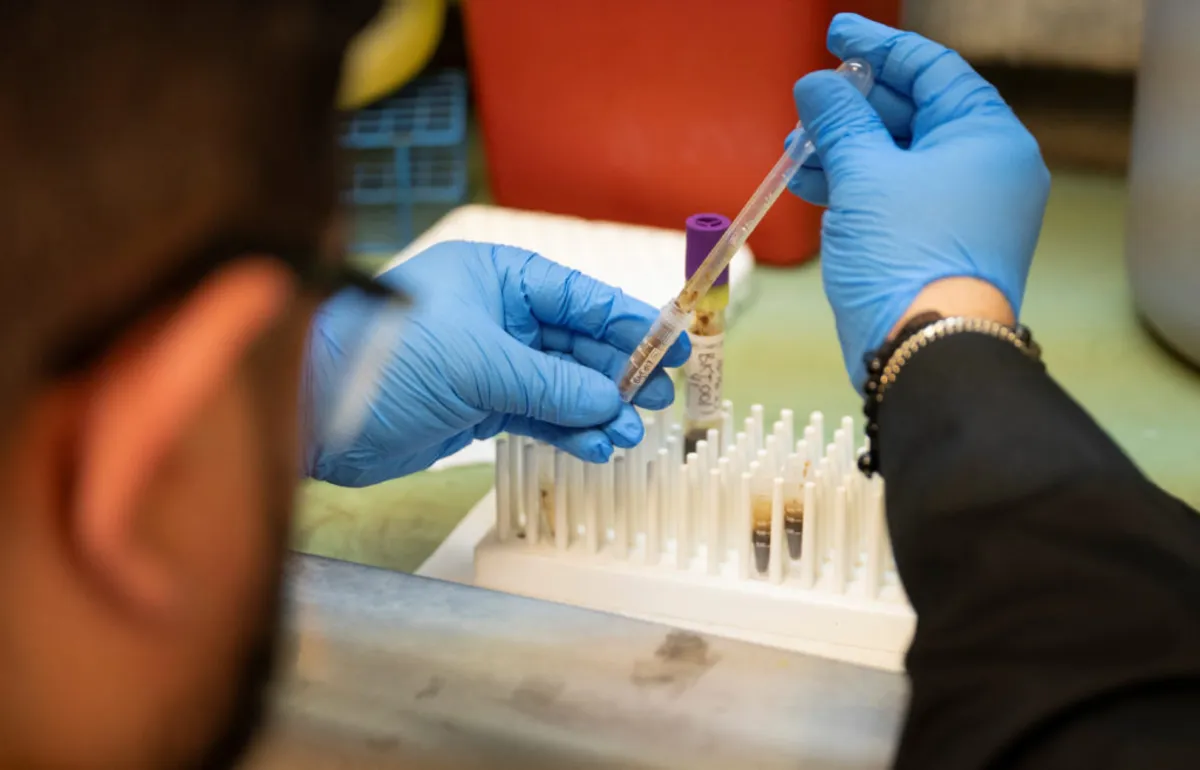
A federal judge has intervened to prevent the Trump administration from implementing significant cuts to medical research funding, a move that many scientists warn could jeopardize patient care and lead to job losses across the healthcare sector. The controversial new policy proposed by the National Institutes of Health (NIH) aimed to reduce funding to research groups by hundreds of millions of dollars to offset what are referred to as indirect expenses associated with vital studies on diseases such as Alzheimer’s, cancer, and heart disease.
The proposed cuts would encompass a wide range of research activities, from clinical trials for new treatments to essential laboratory research that serves as the backbone for groundbreaking discoveries. Such a reduction in funding could have dire consequences not only for ongoing research projects but also for the future of medical innovation.
In response to the proposed funding reductions, a coalition of 22 states, along with various organizations representing universities, hospitals, and research institutions across the country, filed separate lawsuits aimed at halting the cuts. These groups contend that the cuts would result in “irreparable harm” to the fabric of medical research and healthcare.
U.S. District Judge Angel Kelley, based in Boston, had already placed a temporary block on the funding cuts last month. On Wednesday, she issued a preliminary injunction that extends the halt on these cuts while the lawsuits progress through the legal system. This ruling underscores the critical nature of maintaining stable funding for medical research, particularly during times of health crises.
Last year, the NIH, which is the principal funder of biomedical research in the United States, allocated approximately $35 billion in grants to various research entities. This funding is typically divided into two categories: “direct” costs, which cover researchers’ salaries and laboratory supplies, and “indirect” costs, which include the administrative and facility expenses necessary to support research activities.
The Trump administration had previously dismissed these indirect costs as merely “overhead.” However, universities and hospitals argue that these expenses are essential for the successful execution of research projects. Indirect costs can encompass a wide array of necessary services and infrastructure, including utilities for operating advanced machinery, hazardous waste disposal, compliance staff who ensure adherence to safety regulations, and maintenance personnel.
Historically, the government has negotiated indirect cost rates with research institutions. For instance, an institution with a 50 percent indirect cost rate would receive an additional $50,000 to cover indirect expenses for a project with a total budget of $100,000. Under the NIH’s new policy, however, indirect costs would be capped at a flat rate of 15 percent, a change estimated to save the agency approximately $4 billion annually.
The ongoing legal battle over medical research funding highlights the critical importance of sustaining financial support for scientific inquiry and innovation. As healthcare challenges continue to evolve, ensuring that researchers have the necessary resources to conduct their work is more crucial than ever. The outcome of this situation will have lasting implications for both the scientific community and public health at large.